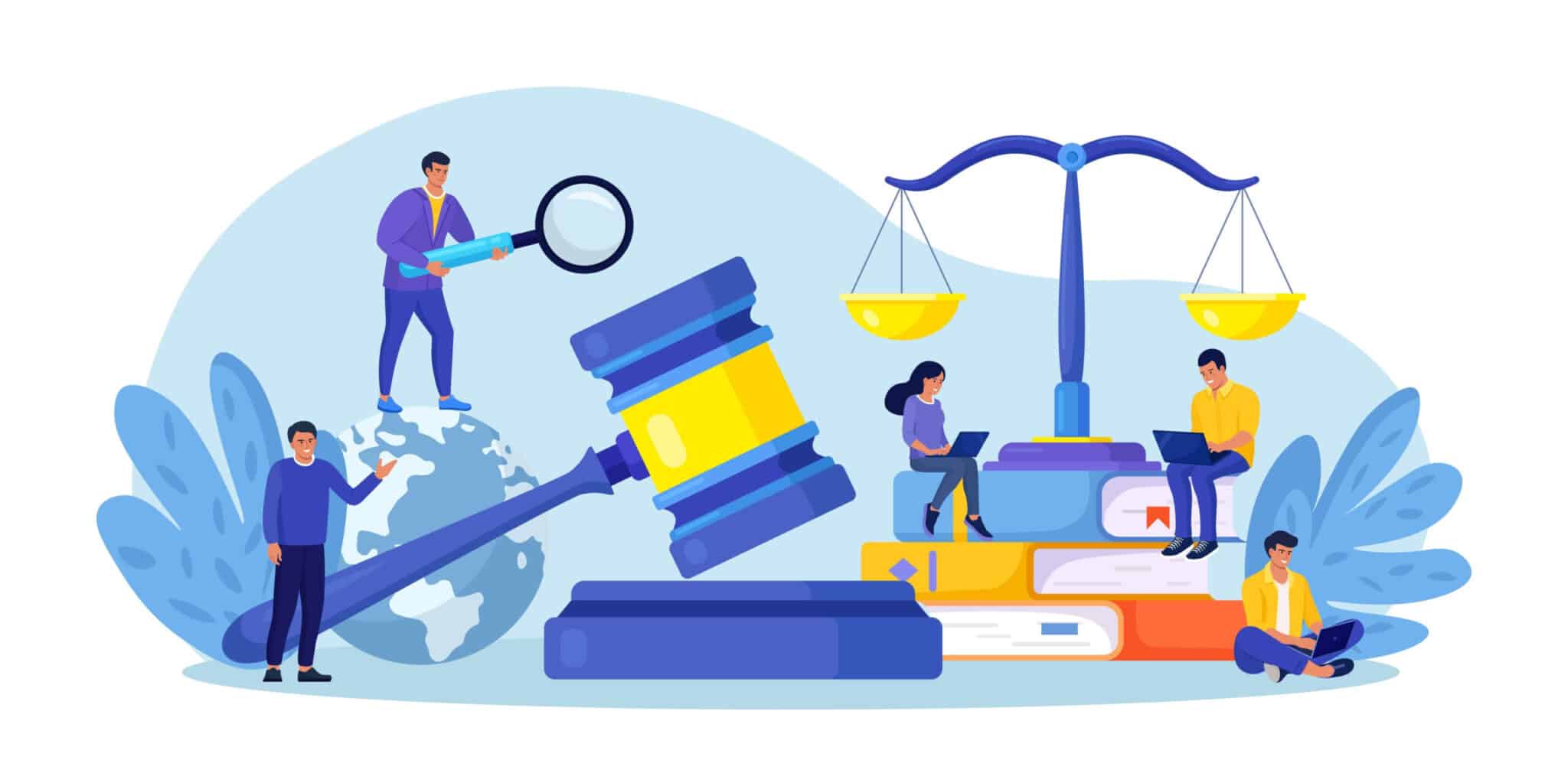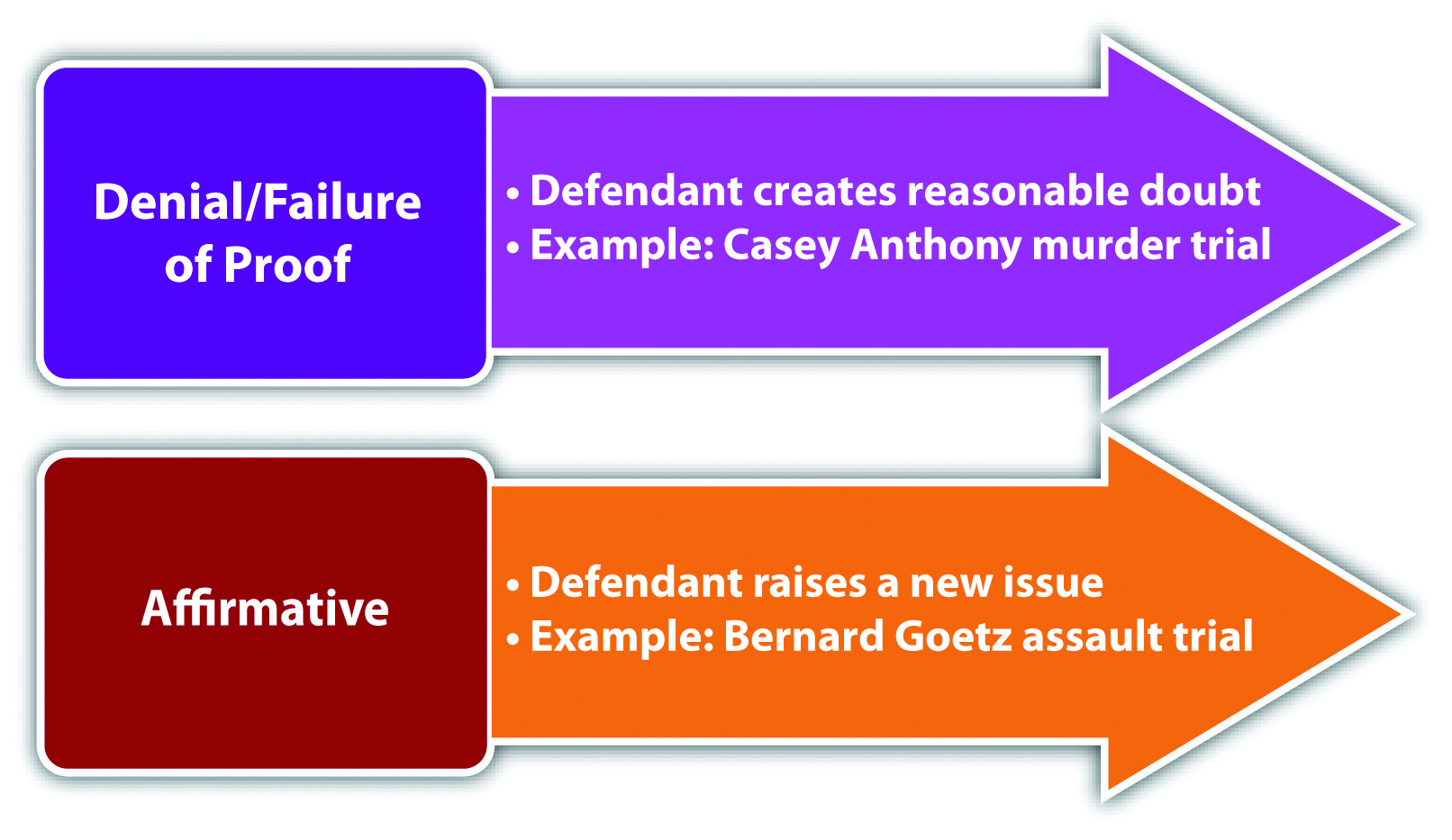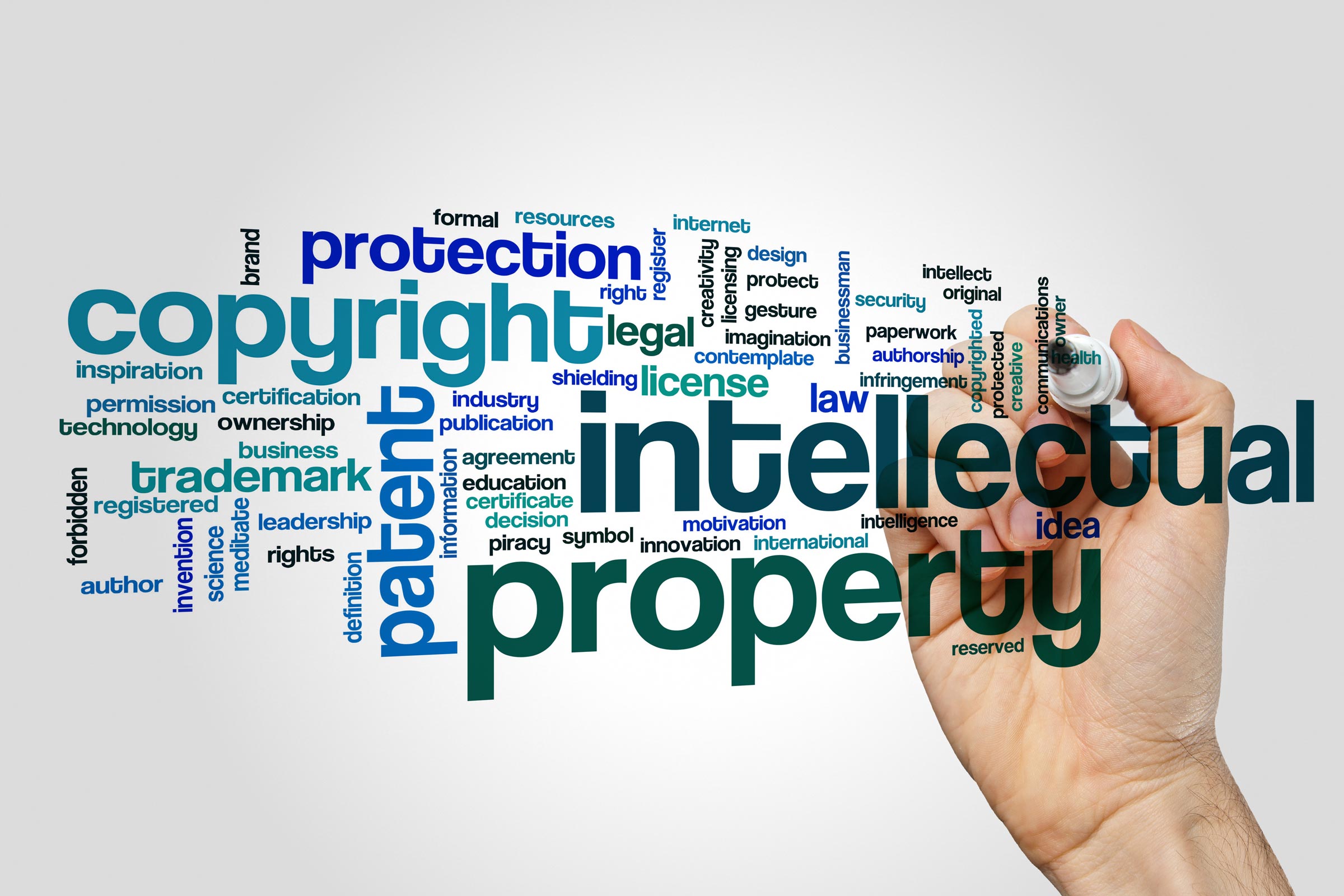Legal Issues and Solutions for Individuals and Businesses is a critical topic for anyone navigating the complex world of contracts, employment law, business formation, and intellectual property. Whether you’re an entrepreneur starting a new venture, an employee seeking to understand your rights, or simply an individual looking to protect your interests, a firm grasp of these legal principles is essential.
This comprehensive guide will explore the intricacies of these legal areas, providing insights into common challenges and practical solutions. We’ll delve into the fundamentals of contract law, covering everything from the elements of a binding agreement to the potential consequences of breach.
We’ll also examine the nuances of employment law, shedding light on the legal obligations of both employers and employees. Further, we’ll navigate the complexities of business formation, helping you choose the right structure for your venture and understand the regulatory requirements.
Finally, we’ll explore the world of intellectual property, empowering you to protect your valuable creations and leverage them for competitive advantage.
Contracts and Agreements: Legal Issues And Solutions For Individuals And Businesses
Contracts are the foundation of many transactions, whether between individuals or businesses. They create legally binding obligations, ensuring that promises are kept and disputes are resolved fairly.
Navigating the legal landscape can be daunting for individuals and businesses alike. From contracts to property rights, understanding your legal obligations and securing appropriate insurance is paramount. For Rhode Island homeowners, navigating the complex world of home insurance can be made easier with a comprehensive guide like Rhode Island Home Insurance Quotes: A Guide for Homeowners.
This resource provides valuable insights into policy options, coverage, and cost comparisons, ultimately helping homeowners make informed decisions that protect their most valuable asset.
Key Elements of a Legally Binding Contract
A valid contract requires certain essential elements to be legally enforceable.
- Offer:One party (the offeror) proposes specific terms to another party (the offeree).
- Acceptance:The offeree agrees to all the terms of the offer without any changes.
- Consideration:Each party must provide something of value in exchange for the other party’s promise. This can be money, goods, services, or even a promise to do or not do something.
- Mutual Assent:Both parties must understand and agree to the terms of the contract. This is also known as “meeting of the minds”.
- Capacity:Both parties must have the legal capacity to enter into a contract. This means they must be of legal age, mentally competent, and not under duress or undue influence.
- Legality:The purpose of the contract must be legal and not violate any laws or public policy.
Examples of Common Contracts
Contracts are ubiquitous in everyday life. Here are some examples of common contracts used by individuals and businesses:
- Employment Contracts:These define the terms of employment, including salary, benefits, job duties, and termination procedures.
- Lease Agreements:These establish the terms of renting property, including rent amount, duration of the lease, and tenant responsibilities.
- Sales Contracts:These Artikel the terms of buying and selling goods, including price, payment terms, and delivery details.
- Service Agreements:These define the terms of providing and receiving services, such as consulting, repair, or maintenance.
- Non-Disclosure Agreements (NDAs):These protect confidential information shared between parties, such as trade secrets or intellectual property.
Legal Implications of Breaching a Contract
Breaching a contract occurs when one party fails to fulfill their obligations as Artikeld in the agreement. This can have serious legal consequences, including:
- Damages:The non-breaching party may be entitled to financial compensation for losses caused by the breach.
- Specific Performance:In certain cases, a court may order the breaching party to fulfill their contractual obligations.
- Injunction:A court may issue an injunction to prevent the breaching party from taking certain actions that violate the contract.
- Rescission:The non-breaching party may be able to cancel the contract and return to the position they were in before the breach.
Tips for Drafting and Negotiating Contracts Effectively
- Seek Legal Advice:Consult with an attorney to ensure your contract is legally sound and protects your interests.
- Be Clear and Concise:Use plain language and avoid technical jargon. Ensure all terms are clearly defined.
- Address Potential Issues:Anticipate potential problems and include provisions in the contract to address them.
- Negotiate Terms:Don’t be afraid to negotiate terms that are unfavorable or unclear. A well-drafted contract should benefit both parties.
- Review and Update Regularly:Periodically review and update your contracts to reflect changes in circumstances or laws.
Employment Law

Employment law governs the relationship between employers and employees, encompassing various aspects, from hiring and firing to wages and working conditions. It aims to establish a fair and equitable balance between the rights and responsibilities of both parties.
Navigating legal issues can be complex for both individuals and businesses, often requiring expert guidance. From contract disputes to intellectual property matters, understanding your rights and responsibilities is crucial. For those seeking financial protection, exploring insurance options is a key step, and Get a USAA Insurance Quote: A Comprehensive Guide provides valuable insights into the process.
By understanding your insurance needs and securing appropriate coverage, you can mitigate potential financial risks and focus on achieving your legal and business goals.
Rights and Responsibilities of Employers and Employees
The law imposes certain obligations on employers and grants employees specific rights. These include:
- Employersare obligated to provide a safe and healthy work environment, pay fair wages, comply with labor laws, and treat employees fairly and without discrimination. They are also responsible for ensuring proper documentation and record-keeping for payroll, benefits, and other employment-related matters.
- Employeeshave the right to a safe workplace, fair wages, reasonable working hours, and freedom from discrimination and harassment. They also have the right to organize and bargain collectively, depending on applicable laws and regulations.
Discrimination and Harassment in the Workplace
Discrimination and harassment in the workplace are illegal and violate the rights of employees.
- Discriminationoccurs when an employer or manager makes decisions based on protected characteristics such as race, religion, gender, national origin, age, disability, or sexual orientation. This can include hiring, promotion, compensation, or termination decisions.
- Harassmentinvolves unwelcome conduct based on protected characteristics that creates a hostile or offensive work environment. This can include verbal abuse, physical assault, intimidation, or inappropriate jokes and comments.
Wrongful Termination
Wrongful termination occurs when an employer terminates an employee’s employment illegally or without a valid reason. This can involve:
- Termination in violation of an employment contract: If an employer terminates an employee without following the terms of a valid employment contract, it may be considered wrongful termination.
- Termination due to discrimination or harassment: If an employer terminates an employee due to their race, gender, religion, or other protected characteristic, it is considered wrongful termination.
- Termination without a valid reason: In some jurisdictions, employers must have a legitimate, non-discriminatory reason for terminating an employee. If an employer terminates an employee without a valid reason, it may be considered wrongful termination.
Common Employment-Related Legal Issues
Common employment-related legal issues include:
- Wage and hour disputes: Disputes regarding unpaid wages, overtime pay, and other compensation issues are common.
- Employee classification: Misclassification of employees as independent contractors can lead to legal issues related to taxes, benefits, and employment rights.
- Non-compete agreements: Disputes over the enforceability and scope of non-compete agreements can arise, especially in industries with sensitive information.
- Workplace safety: Employers are responsible for providing a safe workplace, and failure to do so can result in legal action from injured employees.
Business Formation and Operations

Choosing the right business structure is crucial for any entrepreneur or business owner, as it impacts everything from liability protection to tax obligations. Understanding the various options and their legal implications is essential for setting up a successful and sustainable business.
Comparing Business Structures
The choice of business structure significantly impacts legal and financial aspects. Here’s a comparison of the most common business structures:
- Sole Proprietorship: A single individual owns and operates the business. This structure is simple to set up, with minimal legal formalities. The owner is personally liable for all business debts and obligations.
- Partnership: Two or more individuals agree to share in the profits and losses of a business. Partnerships can be general or limited, with varying levels of liability and involvement.
- Limited Liability Company (LLC): A hybrid structure offering limited liability protection to its owners (members) while providing pass-through taxation.
- Corporation: A separate legal entity from its owners (shareholders). Corporations offer significant liability protection but are subject to double taxation (on corporate profits and shareholder dividends).
Legal Requirements for Registering a Business
The process of registering a business varies by state and business structure. Generally, these steps are involved:
- Choosing a Business Name: The name must be unique and not already in use.
- Obtaining a Business License: Most states require a general business license.
- Registering with the Secretary of State: Filing articles of incorporation (for corporations) or articles of organization (for LLCs) is essential.
- Obtaining an Employer Identification Number (EIN): Required for corporations, LLCs, and partnerships to file taxes.
Obtaining Necessary Licenses and Permits
Beyond general business licenses, specific licenses and permits may be required based on the industry and location of the business. For example, restaurants need health permits, and construction companies need contractor licenses.
Navigating legal issues can be a complex process for individuals and businesses alike, often requiring specialized expertise. A good example is understanding the intricacies of boat insurance, particularly for military members. Boat Insurance Quote USAA: A Guide for Military Members provides valuable insights into the unique considerations and benefits available to those serving in the armed forces.
This specialized knowledge can help ensure that individuals and businesses are properly protected from potential legal risks.
Managing Business Operations to Minimize Legal Risks
Proactive measures can help mitigate legal risks:
- Comply with Laws and Regulations: Stay informed about applicable laws and regulations, including labor laws, environmental regulations, and consumer protection laws.
- Maintain Proper Records: Keep accurate financial records, employment records, and other relevant documents.
- Secure Legal Advice: Consult with an attorney to draft contracts, understand legal obligations, and address potential legal issues.
- Develop Strong Business Policies: Implement clear policies regarding employment, customer service, and other aspects of business operations.
Intellectual Property

Intellectual property (IP) refers to creations of the mind, such as inventions, literary and artistic works, designs, and symbols, that are protected by law. It gives the creator exclusive rights to use, exploit, and profit from their creations for a certain period.
IP is crucial for businesses as it allows them to differentiate themselves, build brand recognition, and create competitive advantages.
Types of Intellectual Property
There are different types of IP, each with its own set of rights and protections. The most common types include:
- Patents: Patents protect inventions, granting the inventor exclusive rights to make, use, and sell their invention for a limited time. To obtain a patent, the invention must be novel, non-obvious, and have practical utility. Patents are typically granted for 20 years from the date of filing.
- Trademarks: Trademarks protect brand names, logos, and other distinctive symbols that identify and distinguish goods and services. They help consumers identify and trust specific brands and prevent others from using similar marks that could cause confusion. Trademarks can be registered with the government and can be renewed indefinitely as long as they are in use.
- Copyrights: Copyrights protect original works of authorship, such as literary, dramatic, musical, and artistic works. They grant the creator exclusive rights to reproduce, distribute, perform, and display their work for a limited time. Copyright protection is automatic upon creation of the work, and registration is not required but can provide additional legal benefits.
Protecting Intellectual Property Rights
Protecting IP rights is essential for businesses to prevent unauthorized use and infringement. The following steps can be taken:
- Register IP rights: Registering patents, trademarks, and copyrights with the appropriate government agencies provides official recognition and legal protection. Registration creates a public record of ownership and strengthens enforcement actions.
- Use proper notices and markings: Using copyright notices (©), trademark symbols (™ or ®), and patent markings (Patent Pending or Patent No.) on works and products helps put others on notice of your rights.
- Implement strong security measures: Securely store and protect confidential information, such as designs, formulas, and source code, to prevent unauthorized access and disclosure.
- Monitor for infringement: Regularly search for instances of unauthorized use or copying of your IP rights. This can be done through online searches, market surveillance, and working with IP enforcement agencies.
Legal Implications of Infringing on Intellectual Property Rights, Legal Issues and Solutions for Individuals and Businesses
Infringement of IP rights can have serious legal consequences, including:
- Civil lawsuits: Infringers can be sued for damages, including lost profits, legal fees, and injunctive relief to stop further infringement.
- Criminal penalties: In some cases, IP infringement can be a criminal offense, leading to fines and imprisonment.
- Reputational damage: Infringement can damage a business’s reputation and brand image, leading to loss of customer trust and goodwill.
Leveraging Intellectual Property for Competitive Advantage
Businesses can leverage IP to gain a competitive advantage in various ways:
- Product differentiation: IP rights, such as patents and trademarks, allow businesses to create unique products and brands that stand out from competitors. This can attract customers and command premium pricing.
- Market entry barriers: IP protection can create barriers to entry for new competitors, giving existing businesses a head start in the market.
- Licensing and franchising: Businesses can license their IP rights to others, generating additional revenue streams and expanding their reach. Franchising allows businesses to leverage their brand and operating model to grow rapidly.
- Negotiating strategic partnerships: IP rights can be used as leverage in negotiating strategic partnerships and collaborations with other businesses.
Summary
By understanding the legal landscape, individuals and businesses can navigate the challenges and opportunities they face with confidence. Whether it’s negotiating a favorable contract, ensuring compliance with employment regulations, establishing a successful business, or safeguarding your intellectual property, the knowledge gained from this guide will equip you with the tools and strategies to achieve your goals.
In today’s dynamic business environment, legal awareness is no longer optional; it’s a necessity. By staying informed and proactive, you can minimize legal risks and maximize your chances of success.




